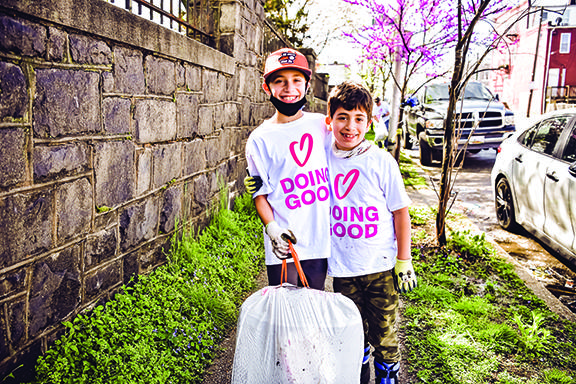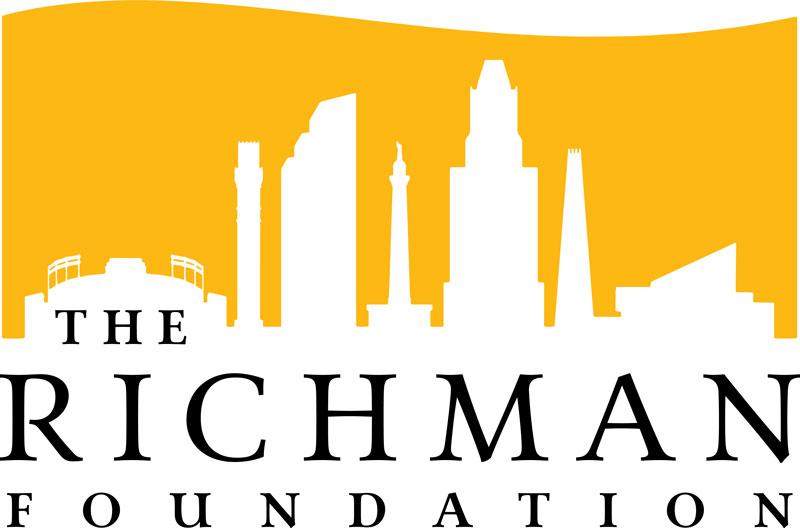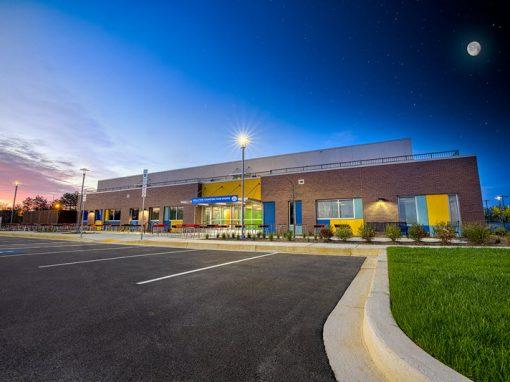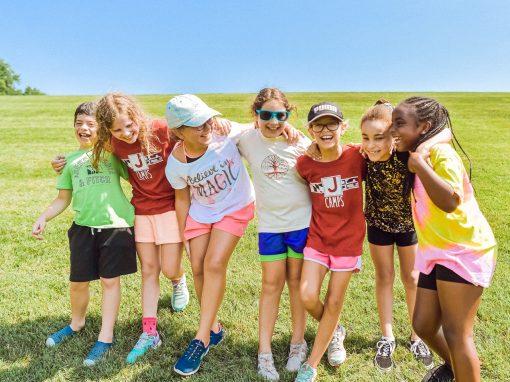Photo Credit: Santi Vedri
How to Apply
changeQuestions about the Process
There are two steps in our grant application process – the Letter of Inquiry (or intent to apply) and the full grant application. Please reach out by telephone or e-mail to schedule a conversation with the Foundation’s Executive Director before submitting a Letter of Inquiry or if you have questions about the application process.
For more about changes to our 2025 grantmaking process, see the News page of this website.

Photo Credit: The Associated
Deadlines
We accept calls and/or Letters of Inquiry on a rolling basis throughout the year. If you are invited to submit a full grant application, we will provide you with a deadline for the application and will inform you of when you can expect a decision about your request.
Upon receipt, we will review your application and will notify you if additional documentation is necessary for a meaningful review and whether we would like to visit your organization prior to making a decision. Once we have all of the necessary information, our staff and Board will evaluate your application. You will be notified in writing of the outcome of your request.
In 2025, grant request decisions will occur in mid-April, mid-August, and late November.
Letter of Inquiry
If you would like to apply for a grant, please contact the Foundation’s Executive Director by phone or by e-mail. If you are invited to submit a Letter of Inquiry, it can be accessed via our online grants portal here at any time throughout the year. Upon review, we will determine if your purpose for seeking funds aligns with our priorities and, if so, will invite you to submit a full grant application.
Full Grant Application
If you are invited to submit a full grant application, please use the following information as a guide.
Components of the Proposal
An applicant should submit a full application through our online grants portal, which can be accessed here. The form available through the online portal will specify the items that should be submitted. Note that if you have already submitted an application or proposal for the work or project to another funder, please feel free to submit that application or proposal to us through the online portal; we will reach out to you if we need additional information.
Proposal Narrative
You may wish to include the following information in your narrative.
- Organizational Background. Briefly share your organization’s history, mission, activities, and accomplishments.
- Statement of Need. Describe the need you are working to address and the location and demographic information for the population you will benefit.
- Purpose of the Request. Describe the work for which you are requesting funding and the activities you will complete to accomplish that work. Provide information about the frequency of activity and number of people to be served, if known and if applicable.
- Timeline for Implementation. Provide a timeframe for the project or the work.
- Goals/Desired Outcomes. Describe your goals and anticipated outcomes. How will things be different if you are successful? How will you assess effectiveness during the grant period?
- Staffing. Describe who will do the work in your organization. If specific expertise or education is needed by staff members, share their experience.
- Collaborations. List any community organizations and/or individuals with whom you will be collaborating to accomplish this work. If you have formal partnerships, please describe them.
- Other Funders. List other funders of the project or work (both committed and pending) and the amount of funds (both committed and pending) from each.
- Fiscal Agent. If you work with a fiscal agent or are an affiliate of another organization, please describe the relationship.
Required Attachments
A grant proposal should generally include the following items:
- Proof of Tax-Exempt Status (a copy of the organization’s current IRS determination letter indicating 501(c)(3) tax-exempt status)
- Organizational Operating Budgets (budget for the current fiscal year and last year including actual vs. budgeted revenue and expenses and a draft budget for the upcoming year, if available)
- Projected Project Budget (if applicable)
- Most Recent Audited Financial Statements (if you have audited financial statements)
- Required Board Information (a list of the organization’s Board members, their roles and affiliations, the Board’s total giving to the organization last year, and the percent of the Board contributing)
Optional Attachments
You may attach other documents that you believe will support your request.


